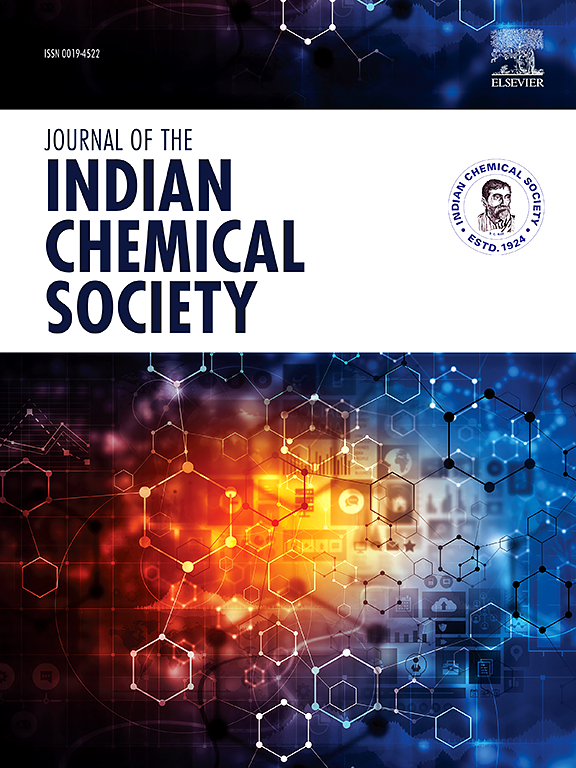用统计方法预测粉煤灰和甘蔗渣基地聚合物混凝土的抗压强度
IF 3.2
4区 化学
Q2 CHEMISTRY, MULTIDISCIPLINARY
引用次数: 0
摘要
水泥生产和其他工业活动是造成环境和健康问题的主要原因,这主要是由于大量的二氧化碳排放到大气中。使用补充胶凝材料可以减少所需水泥的数量,从而降低二氧化碳排放量。其中一种材料,蔗渣灰,通过提高混凝土的密度来改善混凝土的机械性能,这对于获得更高的强度至关重要。采用线性回归(LR)、非线性回归(NLR)和人工神经网络(ANN)三种预测模型对蔗渣粉煤灰改性高强粉煤灰地聚合物混凝土的抗压强度进行了预测。这些模型为预测抗压强度提供了一种实用且经济的方法,为需要大量测试的传统方法提供了更有效的替代方案。该研究利用了54个实验数据点,这些数据点来自于通过实验工作收集的含有甘蔗渣灰的地聚合物混凝土混合物,以开发和评估预测模型。使用各种指标对模型进行评估,包括决定系数(R2)、均方根误差(RMSE)、散点图分析和平均绝对误差(MAE)。在测试的模型中,人工神经网络模型最有效,R2为0.905,RMSE为2.5004 MPa, MAE为1.9604。本文章由计算机程序翻译,如有差异,请以英文原文为准。

Predicting compressive strength of fly ash and sugarcane bagasse ash-based geopolymer concrete using statistical techniques
Cement production and other industrial activities are major contributors to environmental and health concerns, primarily due to the substantial amounts of carbon dioxide (CO2) emitted into the atmosphere. The use of supplementary cementitious materials can reduce the quantity of cement required, thus lowering CO2 emissions. One such material, sugarcane bagasse ash, improves the mechanical properties of concrete by promoting a denser mix, which is crucial for achieving higher strength. This study proposes three predictive models’ linear regression (LR), nonlinear regression (NLR), and artificial neural networks (ANN) to estimate the compressive strength of high-strength fly ash geopolymer concrete modified with sugarcane bagasse ash. These models present a practical and cost-effective method for predicting compressive strength, offering a more efficient alternative to traditional approaches that require extended testing. The study utilizes 54 experimental data points from geopolymer concrete mixtures containing sugarcane bagasse ash, collected through experimental work, to develop and assess the prediction models. The models are evaluated using various metrics, including the coefficient of determination (R2), root means squared error (RMSE), scatter plot analysis, and mean absolute error (MAE). Among the models tested, the ANN model proves to be the most effective, achieving R2, RMSE, and MAE values of 0.905, 2.5004 MPa, and 1.9604, respectively.
求助全文
通过发布文献求助,成功后即可免费获取论文全文。
去求助
来源期刊
CiteScore
3.50
自引率
7.70%
发文量
492
审稿时长
3-8 weeks
期刊介绍:
The Journal of the Indian Chemical Society publishes original, fundamental, theorical, experimental research work of highest quality in all areas of chemistry, biochemistry, medicinal chemistry, electrochemistry, agrochemistry, chemical engineering and technology, food chemistry, environmental chemistry, etc.

 求助内容:
求助内容: 应助结果提醒方式:
应助结果提醒方式:


